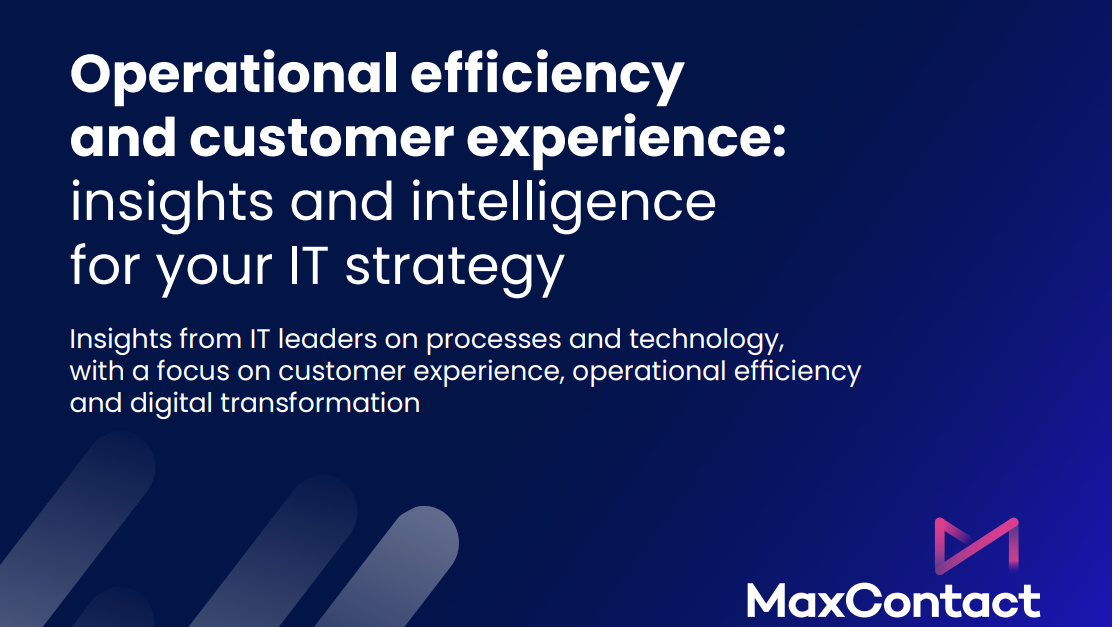What is Facebook Open Graph?
Open Graph allows developers to create apps with Facebook integration


Being the largest social network in the world means Facebook has a deluge of data at its corporate fingertips. That means the social network has vast amounts of scope to sell on services and software products, which tap into that wealth of data, to third-party businesses.
However, after the Cambridge Analytica scandal, Facebook has tightened up the access it allows third-party developers to have to its data treasure trove.
But it still allows some access to features that are based on the potential to plug into Facebook user data, albeit in a more secure and locked down fashion.
Facebook Open Graph is one such tool. It essentially provides the means by which third-party developers can integrate Facebook features, such as the 'Like' and 'Share' functions into their web and mobile apps and services.
And thanks to its design and refinement over the years, Facebook Open Graph is relatively easy to integrate into web pages and apps.
As the need to have a social media presence and ways for a brand to actively engage in the world of social networking is increasingly important for businesses of all sizes, having access to Facebook Open Graph becomes ever more pertinent. A lack of integration between an app and key social media sites, for example, might stymie that app's reach and engagement with its users.
Facebook's Open Graph API has been in existence for almost a decade and it's made a marked difference on engagement levels for those that implement it on their website, the social network claims. One of the most popular uses of Open Graph is as a signup tool, meaning Facebook users can sign into third-party services (such as a commenting platform, retailer or forum) using their Facebook credentials rather than having to sign up to a separate account and remember yet another username and password.
Sign up today and you will receive a free copy of our Future Focus 2025 report - the leading guidance on AI, cybersecurity and other IT challenges as per 700+ senior executives
For developers, this means they don't have to spend time developing a sign-up process or a database where all the information is stored Facebook does that for them.
Yet, Open Graph is not just about providing data for login fields it also provides a means for users to 'like', 'share' or 'comment' on content from within a website, instead of them having to search for the Facebook post. This also means Facebook's comment system can be embedded into the site, providing an easy way for visitors to engage with content using their own profile, in a way that's familiar to them.
In terms of engagement, using Open Graph provides tools for immediate customer interaction while avoiding the need to create custom buttons and features to carry out the same functions.
Another powerful social feature that the latest version of Open Graph enables is the ability for web pages that have been 'liked' by a person to send content to that person's Facebook news feed, which they can then interact with and share.
Unlike merely copying and pasting a link, using Open Graph to help spread and share a website or a service's content is more prominent given the way the content is surfaced and displayed amid the social noise on Facebook.
Essentially, Open Graph helps companies and brands exploit the age-old yet sought after 'word-of-mouth' promotion, only in a digital format.
However, some people may not expect this and could see it as an infringement on privacy. So companies making liberal use of Open Graph need to proceed with some caution.
Users of Open Graph are provided with data on how their content is performing on Facebook, such as assessing how many 'likes' a new product may have received or helping analyse what their fans or customers find interesting by judging what on their website is being shared on Facebook.
For marketers interested in propelling their company's brand on Facebook, Open Graph is arguably a must-have tool. But it requires a degree of finesse to ensure customers, visitors and users are kept engaged yet don't feel the brand is pushing itself on them too strongly. Used well, however, Open Graph could be the difference in a company becoming a roaring success or fading into obscurity.
Bobby Hellard is ITPro's Reviews Editor and has worked on CloudPro and ChannelPro since 2018. In his time at ITPro, Bobby has covered stories for all the major technology companies, such as Apple, Microsoft, Amazon and Facebook, and regularly attends industry-leading events such as AWS Re:Invent and Google Cloud Next.
Bobby mainly covers hardware reviews, but you will also recognize him as the face of many of our video reviews of laptops and smartphones.
-
 How SMBs can DIY their IT implementation and support
How SMBs can DIY their IT implementation and supportFeature For some small and medium-sized businesses, the third-party expertise and support might be out of reach. What’s the alternative?
-
 What the fragmentation of UC means for the channel
What the fragmentation of UC means for the channelIndustry Insights If communications are becoming fragmented, what does that mean for MSPs and VARs?
-
 Future focus 2025: Technologies, trends, and transformation
Future focus 2025: Technologies, trends, and transformationWhitepaper Actionable insight for IT decision-makers to drive business success today and tomorrow
-
 The CEO's guide to generative AI: This is marketing's sink or swim moment
The CEO's guide to generative AI: This is marketing's sink or swim momentWhitepaper Position marketing as the model for generative AI-driven workforce transformation
-
 B2B Tech Future Focus - 2024
B2B Tech Future Focus - 2024Whitepaper An annual report bringing to light what matters to IT decision-makers around the world and the future trends likely to dominate 2024
-
 Six steps to success with generative AI
Six steps to success with generative AIWhitepaper A practical guide for organizations to make their artificial intelligence vision a reality
-
 The power of AI & automation: Productivity and agility
The power of AI & automation: Productivity and agilitywhitepaper To perform at its peak, automation requires incessant data from across the organization and partner ecosystem
-
 Operational efficiency and customer experience: Insights and intelligence for your IT strategy
Operational efficiency and customer experience: Insights and intelligence for your IT strategyWhitepaper Insights from IT leaders on processes and technology, with a focus on customer experience, operational efficiency, and digital transformation
-
 Sustainability at scale, accelerated by data
Sustainability at scale, accelerated by dataWhitepaper A methodical approach to ESG data management and reporting helps GPT blaze a trail in sustainability
-
 What businesses with AI in production can teach those lagging behind
What businesses with AI in production can teach those lagging behindWhitepaper The more sophisticated the AI Model, the more potential it has for the business
